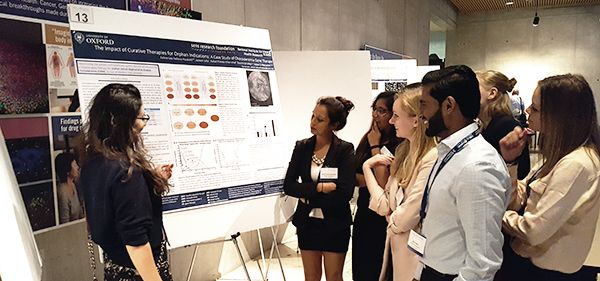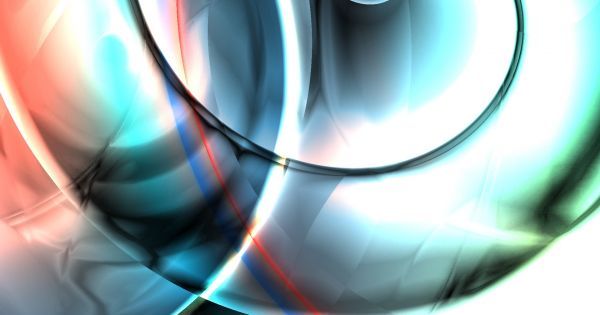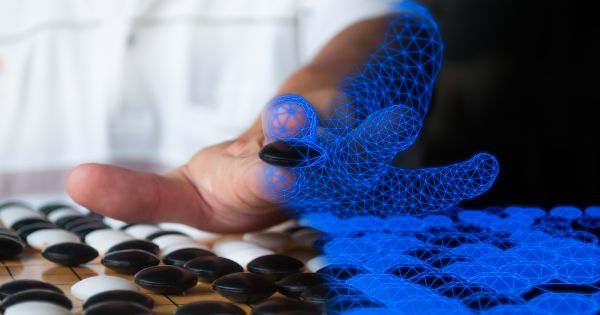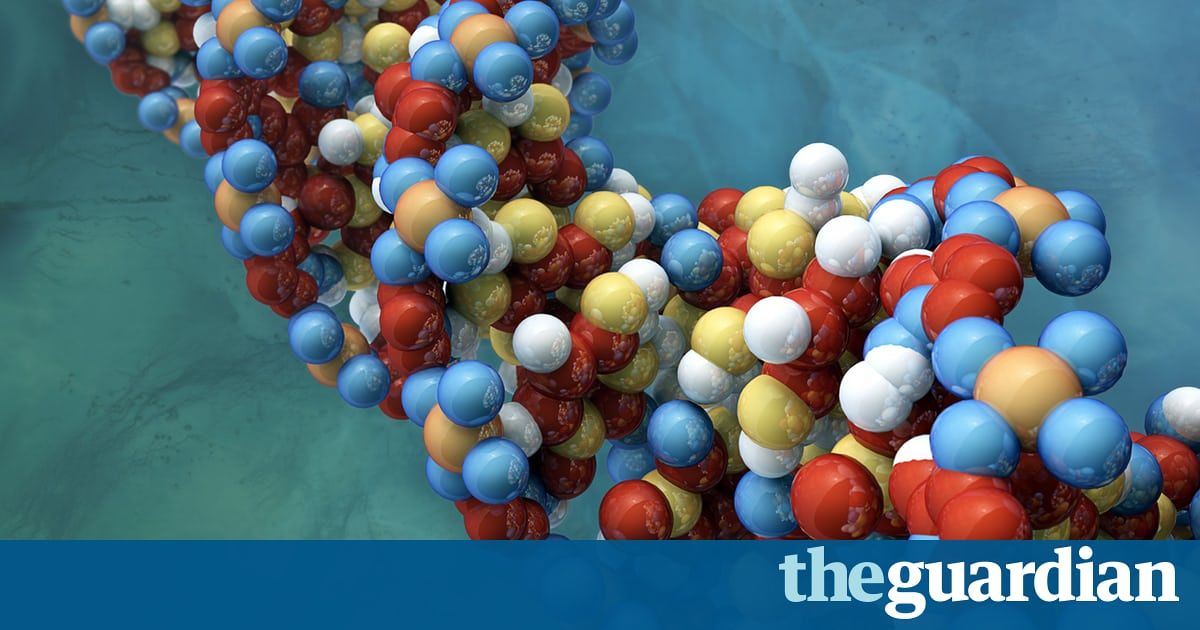The November SENS Research Newsletter is out if people want to see what Aubrey and Co. are up to.
SENS Research Foundation email newsletter from 1st November 2017.



Science says it’s good to be funny.
via: World Economic Forum

“We need a name for this new belief,” mused Julian Huxley in 1957. “Perhaps transhumanism will serve: man remaining man, but transcending himself, by realizing new possibilities of and for his human nature.”
The twentieth century saw a progression of thinkers begin to grapple with technology’s power to radically transform humanity. Julian and his brother Aldous, author of Brave New World, became two of the most influential thinkers on the subject. On one side, Aldous warned against the dangers of technology by depicting technogenic oppression in his dystopian novel. On the other, Julian preached technological transcendence, coining the term that would come to represent an intellectual movement spanning the twentieth and twenty-first centuries.
Still in its infancy, transhumanism is not yet entirely coherent as a theory. But there are several distinct beliefs that adherents tend to share. Most transhumanists support the use of technology to radically increase a healthy lifespan and to boost biologically-based capacities such as memory and analytical skills. But they often disagree on how exactly to accomplish these aims.

https://www.lifespan.io/campaigns/mouseage) and if we can reach $17300 another $2000 will be donated from the fund match. We would like to thank all the amazing people who have donated, including:
Stella Wang, David Munger, Crystal Falls, Maxime Handfield Lapointe, Michael Reed, Melle Hsing and José Ruíz you are all heroes!


The controversial chairperson of the science committee in the U.S. House of Representatives announced today that he will not seek re-election to Congress next fall. The pending departure of Representative Lamar Smith (R–TX) could give the U.S. scientific community a chance to recalibrate a rocky 5-year relationship with a key congressional committee.
Representative Lamar Smith’s tenure marked by bitter clashes with science community.


“Scientists are hopeful that the approach could offer new ways to understand – and even one day tackle – certain human genetic diseases by correcting mutations in a patient’s body.”
Fresh DNA base editing breakthrough brings hope of potential treatment for huge number of diseases that arise as a result of a single genetic ‘misspelling’.